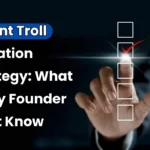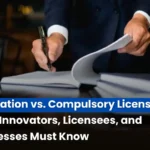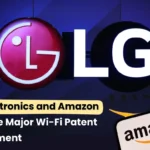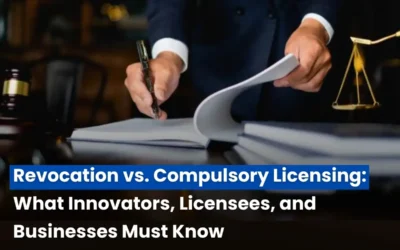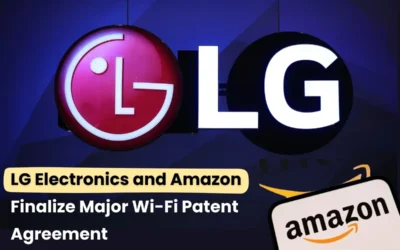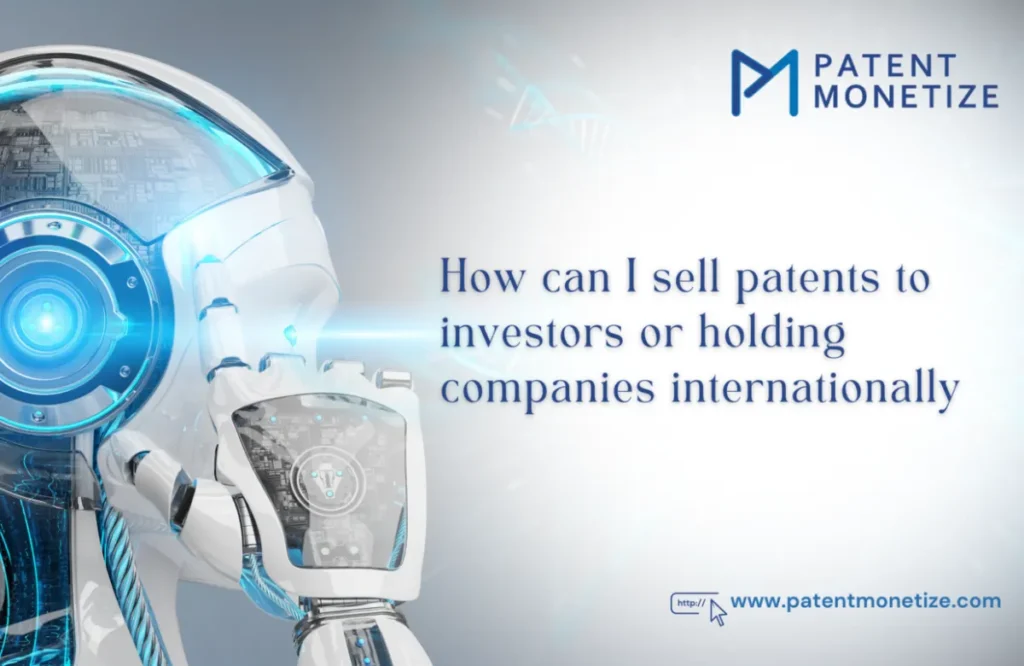
How can I sell patents to investors or holding companies internationally? The backbone of IP is patents – a right that secures exclusive privilege to the actual inventor or its creator for those unique innovations it has developed over time. A patent confers on the owner the right to exclude others from making, using, or selling their invention for an undisputed period of time, usually 20 years. Although patents are a very rich source of competitive advantage, they are not sources of income unless the technology is put into real use on the market. Actually, selling patents to investors or holding companies is highly profitable if one does not have the resources for the commercialization of the very same patent. The article will guide you on the whole process of how to sell patents overseas, from locating the buyer all the way through closing the sale. Before discussing the process of selling a patent, one has to understand what gives patents their value. Patents are not pieces of paper. They represent items of value that can be sold, licensed, or used to generate revenue. Calculating the value of a patent is a very important task because it depends on many factors.
- Patent Type: Whether utility, design, or plant patents, one owns may have implications that may be different for their value. Utility patents, therefore, tend to place more value than design patents do, where they keep intellectual property covering mostly aesthetic aspects of an object.
- Market demand: the more the potential market for the patent, the larger its value might be. In fact, if your patent answers a newly discovered industry need, it may be all the more important. Think in terms of an industry area — the more universally applicable, the higher the size of the appropriate market might be.
- Technological Impact: How revolutionary is the technology covered by your patent? A disruptive innovation that can revolutionize an industry will command a higher price than a minor improvement or niche solution.
- Patent Age: The remaining term of the patent is a critical consideration. A patent that still has many years of exclusivity remaining is more valuable than one that is close to expiring.
- Geographical Reach: Patents are valid only in the territory in which they were filed. A U.S. patent alone has very little value worldwide unless it is also filed elsewhere in the world. International investors or companies that purchase patents will want to know if the patent is valid in other significant markets. –
Why Sell Patents to Investors or Holding Companies?
Patent selling is very strategic because it benefits the buyer and the seller. Among the reasons why some inventors, companies, and startups sell their patents are the following:
- Litigate for Profits: You can sell the patent if you cannot or do not want to commercialize it. This gives instant cash, which can then be used in new projects or investment in other innovations.
- Infrastructure Absence most patent owners do not have the necessary infrastructure, capital, or expertise to take their inventions into the market. By selling the patent to an investor or holding company, they will have the opportunity to monetize without facing the risk and the expense of commercialization.
- Patent Portfolio Diversification Patent holding companies will buy patents in bulk and build a portfolio of IP, which may then be sold or licensed afterwards. Companies would be interested in acquiring patents for certain industries, thereby making it easier for them to sell or license to other individuals.
- Protection from Future Litigation: Patents will thus serve to prevent future patent litigation or expensive courtroom warfare. Patent infringement suits are moderately costlier, and firms or the inventor would, thus, refrain from it by selling their patents to investors or firms who can afford and be in a position to defend the patent and vindicate its legitimacy.
- Easy Access to Vast Network of Distribution Channels: An investor or a holding company can simply get in touch with your patented product fully due to the business opportunity presented through extending your scale to a higher level and even an international degree of distribution channels that may not have been in reach for the seller.
Process to Sell Patents to Investors or Holding Companies in the International Stage of Sales Selling patents, especially international ones, is somehow a complex procedure. You may be rest assured of fetching the best amount in return, but only in case you learn how to walk through the processes explained below one by one.
1. Understand the Patent Market
The first step is to understand the patent market & its dynamic nature. Without proper insight, the global landscape of IP is difficult to tread into. Something to be done is to conduct thorough research into patent buyers, market trend studies, and studying those specific industries that would find applicable use for your patent. Patent Aggregators they are also known as patent holding companies. These companies purchase patents and then sell or license them to other parties. Normally, they are well connected and resourceful in most markets so that the patent is fully commercialized. Venture capitalists and investors – Usually investors, especially VCs, invest in such high–value patents that are rewarding. Generally, they invest in a technology for which markets are there in practice and have much better growth prospects also.
– To complement what they already make or sell: Big companies buy patents just to complement what they already make or sell. For example, a technological firm would buy a patent on the emerging technology within their range of products. Pharmaceutical companies basically buy patents mainly for adding them to their collections. There are patent-selling platforms, primarily IP marketplaces or auction sites. There are patent brokers that connect an inventor with possible buyers and handle the sales by themselves. Knowing all this, knowing your market and buyer type, you will know exactly how to market the patent from one country into another.
2. Analyze and Improve the Value of the Patent
Before you really offer your patent to the marketplace, ensure it is properly protected and exposed. Major activities involved include the following:
– Patent Validity: Ensure that the patent is valid at the marketplace level. It’s your job to ensure that all searches regarding patents are done. You would, then, prevent your patent from infringing with third-party patents so that the scope of protection may be achievable in a correctly written patent and salability. Geographical Coverage. If the patent is only valid in a single country, it has potential to extend to other major markets. International patents can be attained through the Patent Cooperation Treaty that forms an international agreement that provides a harmonized process of filing patents across multiple countries.
– Patent Portfolio Organisation: If you have several patents, then you can create a portfolio. Many buyers like to buy multiple patents at the same time as a valuable solution to your sale.
3. Choose the right selling strategy
There are various ways to sell a patent, and your decision will depend on your needs, the buyer, and market conditions. There are two most widely used strategies:
- Sale: In this case, the patent owner conveys all rights of a given patent in terms of cash inflow as a lump sum of money without receiving anything, thereby providing instant cash inflow but resulting in an absolute loss of ownership once the patented technology is sold.
- License Agreement if you still want to keep some rights, then you can agree on a license agreement. Here, you can license a patent by which somebody else can use your patent while paying royalties or in huge sums. That will give another source of revenue over the lifetime of a patent.
Each has its pros and cons, and knowing long-term goals is very important in determining which option best suits the task at hand.
4. Negotiation and Due Diligence
Negotiation is the most crucial step in any patent sale. Here, both the parties will need to agree on the value of the patent and any terms or conditions associated with the sale.
Price Negotiation: Selling price is the trickiest part of patent selling. Use your earlier valuation of patents as a basis. Prepare to negotiate. Sometimes the buyer wants to pay less or wants to accept a license in lieu of purchase.
-Due Diligence: Be prepared to allow the buyer to do his due diligence regarding the validity, marketability, and ownership of the patent. Keep your papers very clean and transparent about any current litigation or patent disputes that are going on.
5. Finalizing Sales Agreement
Once the negotiations have been done on agreed terms, it is time for a legally enforceable agreement that shall elaborate on all aspects of sale:
Terms of transfer – In other words, you are selling the patent outright or licensing it.
Payment structure – The total price and payment schedule.
Geographical Scope – Which jurisdictions the patent applies in
Liabilities – Liabilities or legal risks associated with the patent.
Dispute Resolution – Procedures for dispute resolution in case of an international sale.
It is rather advisable to hire an attorney when drafting such an agreement, more so in cross-border transactions.
6. Transfer the Patent and Close the Deal
The payment is made after the contract is signed to transfer the patent to the buyer. Then, changes are entered at the corresponding patent offices so that jurisdictions recognise the change in ownership in favour of the buyer. Where countries differ, supplementary filings which complete the transfer exist. Selling a patent to investors or holding companies abroad is one complex endeavour with numerous rewards. Actually, you maximize financial returns from intellectual property in ways related to gaining an appropriate understanding of the value of what you hold in your patent, choosing the best buyers to consider, negotiating favourable terms, and then navigating the international IP law waters. Patents are indeed a chance, yet also an adventure, requiring appropriate strategies and professional support to carry out. The patent owners involved in these steps will be reassured regarding entry into the best possible position with regard to monetizing their inventions and capitalising on the ever-expanding international marketplace for intangible assets.
